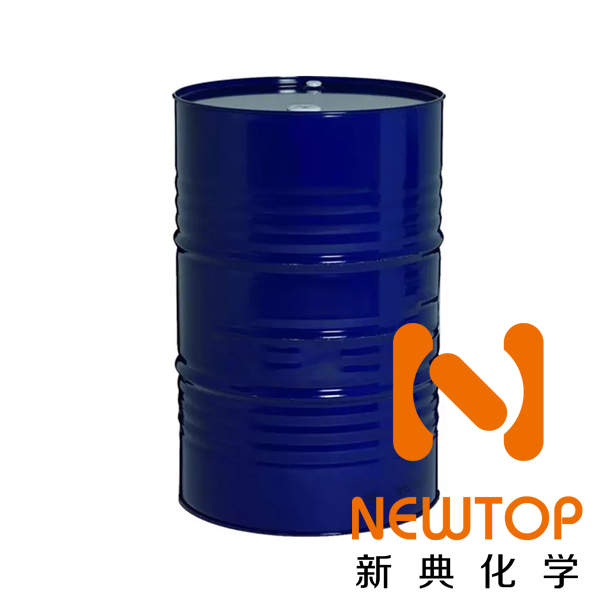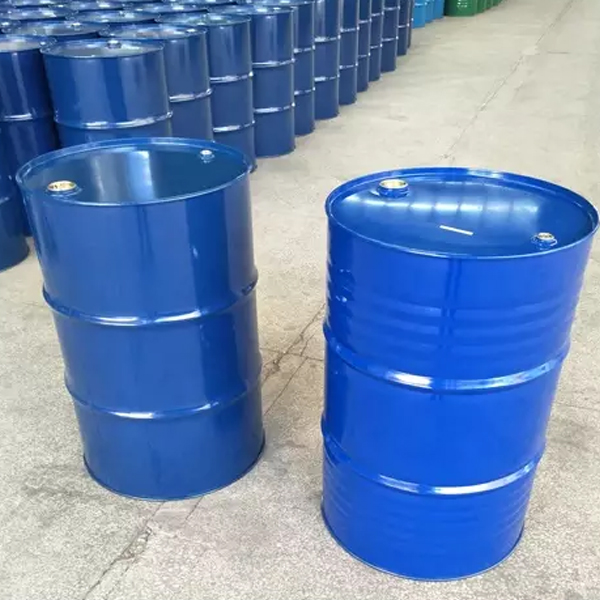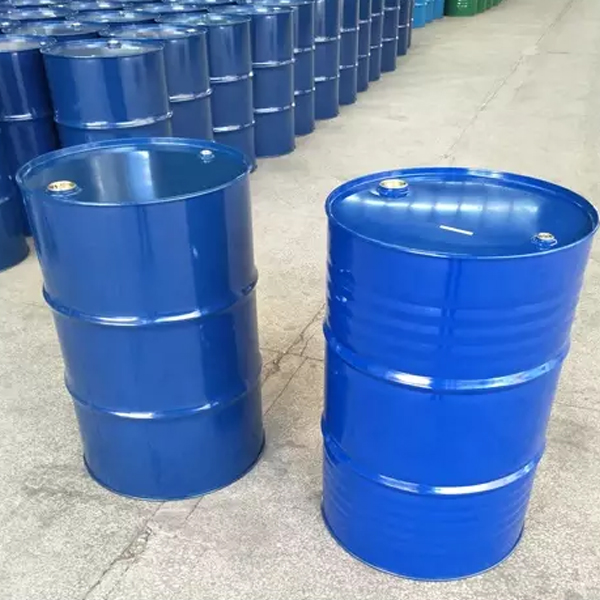Cyclohexanone is a saturated ketone with carbonyl carbon atoms contained within a six membered ring. Although it is cyclic, its properties are similar to those of open chain ketones. It can undergo various reactions such as oxidation, polymerization, and substitution in the presence of a catalyst, and is an important intermediate in organic synthesis.
In the early days, domestic cyclohexanone was only an intermediate product of caprolactam, and the production capacity of manufacturers of cyclohexanone matched that of caprolactam units, with only a small amount of commercial cyclohexanone supplied to the market. The growth and development of cyclohexanone as an independent industry are mainly due to two reasons: firstly, the solvent use of cyclohexanone continues to expand, especially as a high-end organic solvent, it is widely used in industries such as coatings, inks, adhesives, etc., forming a large commodity market; Secondly, with the improvement of domestic production level, cyclohexanone plays an important role in the field of chemical synthesis. In addition to being used for synthesizing caprolactam and adipic acid in the field of chemical fibers, it can also be used to prepare various chemical products such as resins, polycaprolactones, and pharmaceutical intermediates.
Application in the field of chemical synthesis:
1. Caprolactam and Adipic Acid
The main purpose of cyclohexanone is to produce caprolactam and adipic acid, which are important monomers in the production of nylon, nylon 66, and other synthetic resins. In the downstream distribution of cyclohexanone, the chemical fiber industry accounts for over 90% of the total production.
2. Synthetic organic resin
Cyclohexanone can be used to produce cyclohexanone formaldehyde resin, porphyrin resin, aromatic polyamine solid resin, etc. Compared with similar resins, cyclohexanone formaldehyde resin (i.e. ketone formaldehyde resin) has the advantages of high hardness, good weather resistance and oxygen resistance, low viscosity, high glossiness, and compatibility with various paint materials. It is mainly used as a coating resin and is widely used in oil-based resins, alkyd resins, amino resins, acrylic resins, epoxy resins, etc. It can also be used as a dispersant and brightener for inks and ballpoint pen oils. Porphyrin resin has special anti-corrosion properties, which can resist acid corrosion and organic dissolution well, and can be used as an anti-corrosion coating. Aromatic polyamine solid resin can be used as an additive and chain extender for polyurethane rubber.
3. Dehydrogenation to ortho phenylphenol
As an important organic fine chemical product, o-phenylphenol has a wide range of applications and broad prospects. It can be used to synthesize new phosphorus containing flame retardant materials, anti-corrosion and bactericidal agents, printing and dyeing auxiliaries, etc. With further research on o-phenylphenol, its application fields will be wider. The cyclohexanone condensation dehydrogenation method is an ideal production process for preparing o-phenylphenol, with high product purity and wide application range, and has become the mainstream production process.
4. Polycaprolactone
Synthesis of cyclohexanone ?- Caprolactone, ?- Caprolactone is further cyclically polymerized to produce poly (caprolactone) under the action of a catalyst. Polycaprolactone is a white opaque solid with certain rigidity. In addition, it has good biodegradability, drug permeability, and the ability to stably release drugs for a long time. Therefore, polycaprolactone is widely used in drug carriers, coating toughening, biodegradable plastics, polyurethane modification, and other fields.
5. Pharmaceutical intermediates
Cyclohexyl diacetate, abbreviated as CDA, is an important pharmaceutical intermediate prepared from raw materials such as cyclohexanone, acetic acid, and acetic anhydride. It can be used as an intermediate in the production of antiepileptic drugs such as gabapentin.
6. Polyurethane additives
Cyclohexanone can be used to produce polyurethane additive PC8, downstream of which are polyether foaming catalysts, polyurethane foaming catalysts, etc. The terminal includes refrigerator hard foam, board, combination polyether, external wall insulation, insulation layer, etc.
Cyclohexanone is an important organic chemical intermediate with a wide range of applications, involving various fields such as clothing, construction, automotive, pharmaceuticals, packaging, and is closely related to our daily lives. As a major domestic supplier of cyclohexanone, Hualu Hengsheng provides first-class services and stable quality. It has established cooperation with downstream industries and will continue to maintain a stable and high-quality supply of cyclohexanone in the future.
Related reading recommendations:
Tetrachloroethylene Perchloroethylene CAS:127-18-4
DABCO MP608/Delayed equilibrium catalyst
TEDA-L33B/DABCO POLYCAT/Gel catalyst
Addocat 106/TEDA-L33B/DABCO POLYCAT





